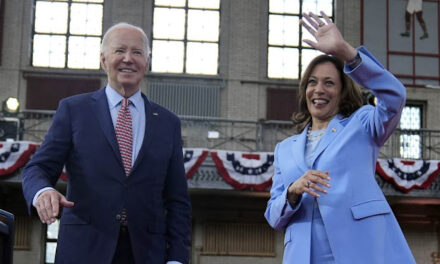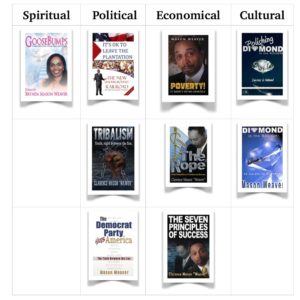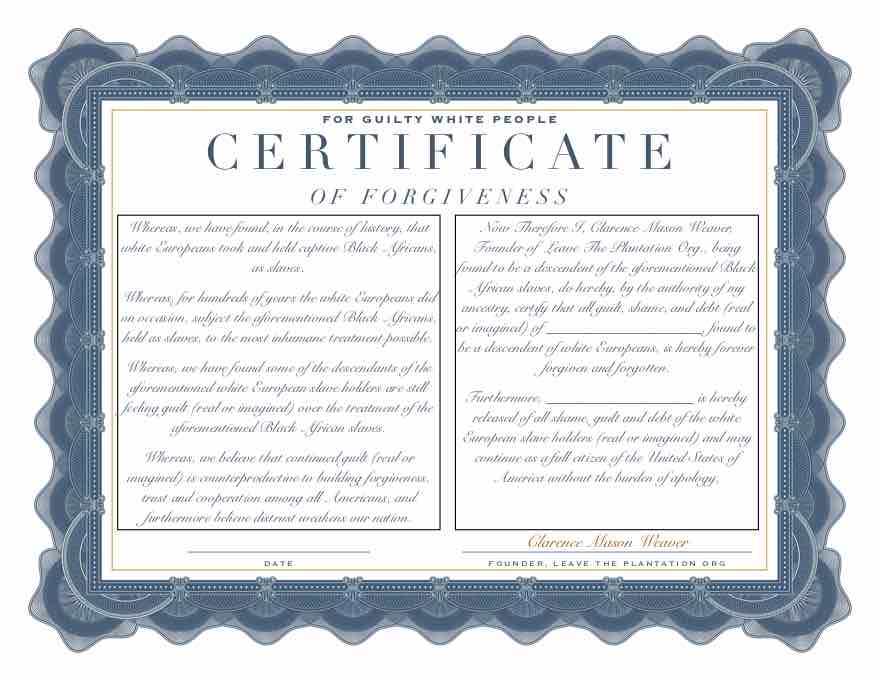LTP News Sharing:
Trump speaks after a commanding victory in Iowa. (Photo by Chip Somodevilla/Getty Images)
Before last night, the biggest margin of victory by a Republican in an Iowa caucus was 12 points, achieved by Bob Dole in 1988. Donald Trump blew that record out of the water with a lead of just under 30 points.
The networks called it for Trump after just thirty minutes of caucusing before many Iowans had even cast their votes—a move that led the DeSantis campaign to level the charge of “election interference” at a media “in the tank for Trump.”

With 95 percent of ballots counted, Trump had won 51 percent of the vote. DeSantis and Haley came a distant second and third at 21 percent and 19 percent, respectively. (Haley described her third-place finish as evidence that the primary was a two-horse race.) Vivek Ramaswamy came fourth with 8 percent and suspended his campaign late Monday night.
Trump won every county but one – and that one was by only one vote.
In his victory speech, Trump thanked his supporters and said he thought it “was time for our country to come together. . . whether it’s a Republican or Democrat or liberal or conservative.”
Many critics are asking: How is it possible that a man impeached twice by Congress and criminally indicted four times still has so much sway with the American heartland? How can Trump be so far ahead that were you to add Haley’s and DeSantis’s votes together, he’d still have a double-digit lead?
Part of the answer lies in the shortcomings of the man who started the race as his main opponent. But a far more important factor stems from the massive divide between college-educated and working-class voters. This gap isn’t just dividing Republicans and Democrats; it’s causing fractures within the parties themselves. As Batya Ungar-Sargon explains, that divide is still the engine of Trump’s strength. It’s also why, as she explains, “the average Republican voter hates the Republican Party.”
______________
RELATED ARTICLES
Why the average Republican voter hates the GOP—but loves Trump
By Batya Ungar-Sargon | The Free Press

To the surprise of no one and the dismay of the liberal commentariat class, former president Donald Trump has crushed the first GOP primary election.
Iowa, which voted twice for Barack Obama before flipping to Trump in 2016, gave Trump a decisive win Monday night. And in Iowa, as in the Republican Party and the country more generally, the class divide was the defining feature of the night.
According to MSNBC’s early entrance polls, Trump won voters without a college degree by 65 percent, to Florida governor Ron DeSantis’s 17 percent and former UN ambassador Nikki Haley’s scant 8 percent. Trump won college grads, too, but by a much slimmer margin—just 35 percent caucused for Trump. Haley, meanwhile, got nearly as many—33 percent, with DeSantis trailing at 23 percent. The AP had a similar breakdown.
That’s a 30-point gap in support for Trump—and a 25-point gap for Haley. It’s the gulf separating the college-educated from the working-class, who don’t just have different candidates of choice but different concerns, different struggles, and different priorities.
Working-class Americans are worried about the economy, immigration, our foreign entanglements, and the disappearing American Dream—all issues Donald Trump not only talks about but has a solid record on. Haley represents the GOP that Trump replaced—the free-market, chamber-of-commerce, nation-building version of the party that is dominated by a donor class whose interests are completely at odds with those of the working class.
Unfortunately for Haley, her party is now the party of the working class. In 2020, Bloomberg found that truckers, plumbers, machinists, painters, corrections officers, and maintenance employees were among the occupations most likely to donate to Trump (Biden got the lion’s share of writers and authors, editors, therapists, business analysts, HR department staff, and bankers.) As much as the Republican donor class wishes Haley were the party’s nominee, there’s no going back for your average corrections officer.
The thing liberals don’t understand about the average Republican voter in 2024 is that they hate the Republican Party. The average liberal feels well-represented by the Democratic Party because the Democrats’ base, like the party leadership, are college-educated elites. They share the same list of priorities. But the average Republican voter is working class and truly loathes the Bush-era version of the Republican Party, which meant tax cuts for the rich, failed wars, and an economic agenda that outsourced jobs to China.
Whether they realize it or not, this is why Democrats truly hate Trump. Without him, the left would soon have had a pretty permanent monopoly on power.
But if Iowa is any indication, not so soon after all.
___________________
Where Ron went wrong
By Peter Savodnik | The Free Press
Ron DeSantis was supposed to be Serious Trump. Maybe a little lawyer-ish, a little stiff. But so what? Stiff meant competent. And wasn’t that what Republicans wanted? Didn’t they want to build the wall? Crush the administrative state? Just with a little less bluster?
Recall that after the Republicans’ disappointing 2022 midterms, DeSantis became the party’s “presumptive nominee” in 2024. On a night when 11 of the 21 candidates endorsed by Donald Trump lost—including Blake Masters in Arizona, Herschel Walker in Georgia, and Mehmet Oz in Pennsylvania—DeSantis expanded on his 2018 win by nearly 10 percentage points.
Seven months later, the Florida governor announced his presidential bid—in a very rocky Twitter Space rollout with Elon Musk—and soon after, he decamped to Iowa, racking up the endorsements of the state’s Republican governor, tons of state senators and representatives, and the highly coveted Bob Vander Plaats, the influential evangelical leader.
He did everything he was supposed to—and it wasn’t what Republican voters wanted.
They wanted the Duck à L’Orange, and they seemed convinced that anyone who wasn’t him was a squish.
Which is why Donald Trump trounced the whole Republican pack Monday in Iowa. At the time of writing, DeSantis looked like he’d come out on top in a close tussle with Nikki Haley for a distant second place. Little consolation given the expectations for his candidacy a year ago.
Team DeSantis insists that a big part of the problem is the conservative media ecosystem, and they’re not wrong. How else could their candidate lose?
As DeSantis said of Trump last week while stumping: “He’s got basically a Praetorian Guard of the conservative media—Fox News, the websites, all this stuff. They don’t hold him accountable because they’re worried about losing viewers, and they don’t want to have their ratings to go down.”
Few defeats more powerfully illustrate what we’ve known since 2016: that the old rules no longer matter, that no one cares if you did a brilliant job holding down the proverbial fort in Florida. What they care about is that you not simply enact, but, more importantly, embody your agenda. If you’re not angry enough—or entertaining enough—then your agenda isn’t a real agenda. It’s a fake politics probably conjured up by some deep-state AI.
Final thought: it’s utterly mystifying how it is that this keeps happening, that the politicians are still playing catch-up eight-and-a-half years after Trump descended his gilded escalator, that they have yet to intuit what he knew way back when—that America is broken and coasting and cracking up, and if you’re still adhering to the stale strictures, you don’t really get it.
Ron DeSantis was supposed to implement the Trump agenda and make his party serious again and forge a national coalition that would bring together conservatives and economic populists and maybe even a few old-fashioned liberals, and he failed because he didn’t grasp how deep the rage runs.
For now, alas, only one man in the race gets that.








